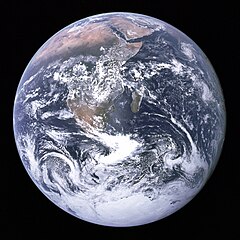Dewi Shri also seen as Dewi Sri is the goddess of rice on the island of Bali and Java. She has the power of the underworld and the moon. She controls the foodstuffs of the earth and death. She has the power of Gaia and Terra. She is the mother of life because she symbolises rice (the primary food of Indonesia). Highly revered especially by the Javanese, Balinese, and Sundanese people of Indonesia, there are a lot of versions of her legend in Indonesia, most of them involve Dewi Sri (also known as Dewi Asri, Nyi Pohaci, etc) and her brother Sedana (also known as Sadhana, Sadono, etc), set either in the kingdom of Medang Kamulan, or in the heaven (involving gods such as Batara Guru), or both. In all the versions in which Sedana appears along with Dewi Sri, they end up separated from each other, through either death, wandering, or a refusal to be married. Some versions made correlation between Sri and large snake of the rice field (ular sawah) and Sadhana with swallow (sriti). The traditional Javanese people in particular have a special place in their house dedicated for Dewi Sri, decorated with intricate carvings of snake, so that she will give prosperity for them. In the agricultural Javanese, a snake who entered a house won't be chased away as it is a sign for a success in harvest, and they will give it offerings instead. The Balinese provide special shrines in the rice fields for her. The Sundanese have a special festival dedicated to her.
She corresponds to the Hindu goddesses Devi and Shri.

